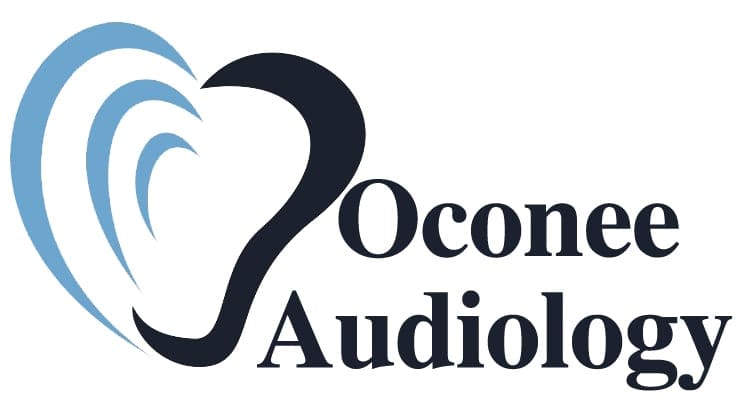
You or someone you know has had a stroke. And unfortunately you or they are struggling to understand what is being said. It is possible that the stroke has caused hearing loss.
What is a stroke?
Strokes happen when the blood supply to the brain is disrupted. This damages or destroys parts of the brain.
There are 3 main types of stroke:
- Ischemic – Ischemic strokes occur when the blood supply to parts of the brain is disrupted. This starves that area of oxygen, damaging or killing the brain cells there. Arteries supplying the brain with blood can be blocked by blood clots, fat globules or air bubbles in the blood stream. About 85% of strokes are ischemic strokes.
- Hemorrhagic – Hemorrhagic strokes occur when an artery in or on the surface of the brain bursts and starts bleeding. This damages or kills brain cells in that region.
- Transient Ischemic Attacks – Transient ischemic attacks (TIA) sometimes known as a mini- stroke, occur when an artery supplying the brain is blocked briefly, but the blood supply is restored before the brain is permanently damaged. This causes stroke-like symptoms which usually last 24 hours or less.
Hearing difficulties following a stroke
The impact on a patient’s ability to hear will depend largely on the part of the brain that was affected by the stroke. A stroke in the region of the temporal lobe will usually result in a mild hearing loss if the damage is confined to one temporal lobe. Although rare, both temporal lobes can be affected resulting in damage to both ears.
The following is a list of disorders related to hearing difficulty that can also be caused by a stroke.
- Auditory agnosia: Difficulty recognizing combinations of sounds such as songs, musical tones, and complex conversations.
- Auditory verbal agnosia (Pure tone word deafness): Pure word deafness is a rare type of aphasia that results from damage to language-specific auditory areas of the brain. People with this disorder feel as though they can’t hear when someone else is speaking, even if the person speaking is doing so in a loud voice.
- Auditory illusions: Aberrant perception of normal sounds so that they feel unusual, strange, repeated, or loud.
- Auditory hallucinations: Hearing sounds that are not there.
Why worry about treating the hearing loss as soon as possible?
In the days and weeks that follow the stroke patient will undergo numerous tests to determine the damage caused by the stroke. Although the effect of the stroke on the survivor’s ability to hear is usually taken into consideration somewhere along the way, it’s a health concern that should be addressed sooner rather than later during the rehabilitation process.
A great deal of information is presented to a patient undergoing rehabilitation following a stroke. Since the brain has been impacted in any number of ways the last thing anyone should be worrying about including the patient is whether not they’re able to hear what’s being said.
